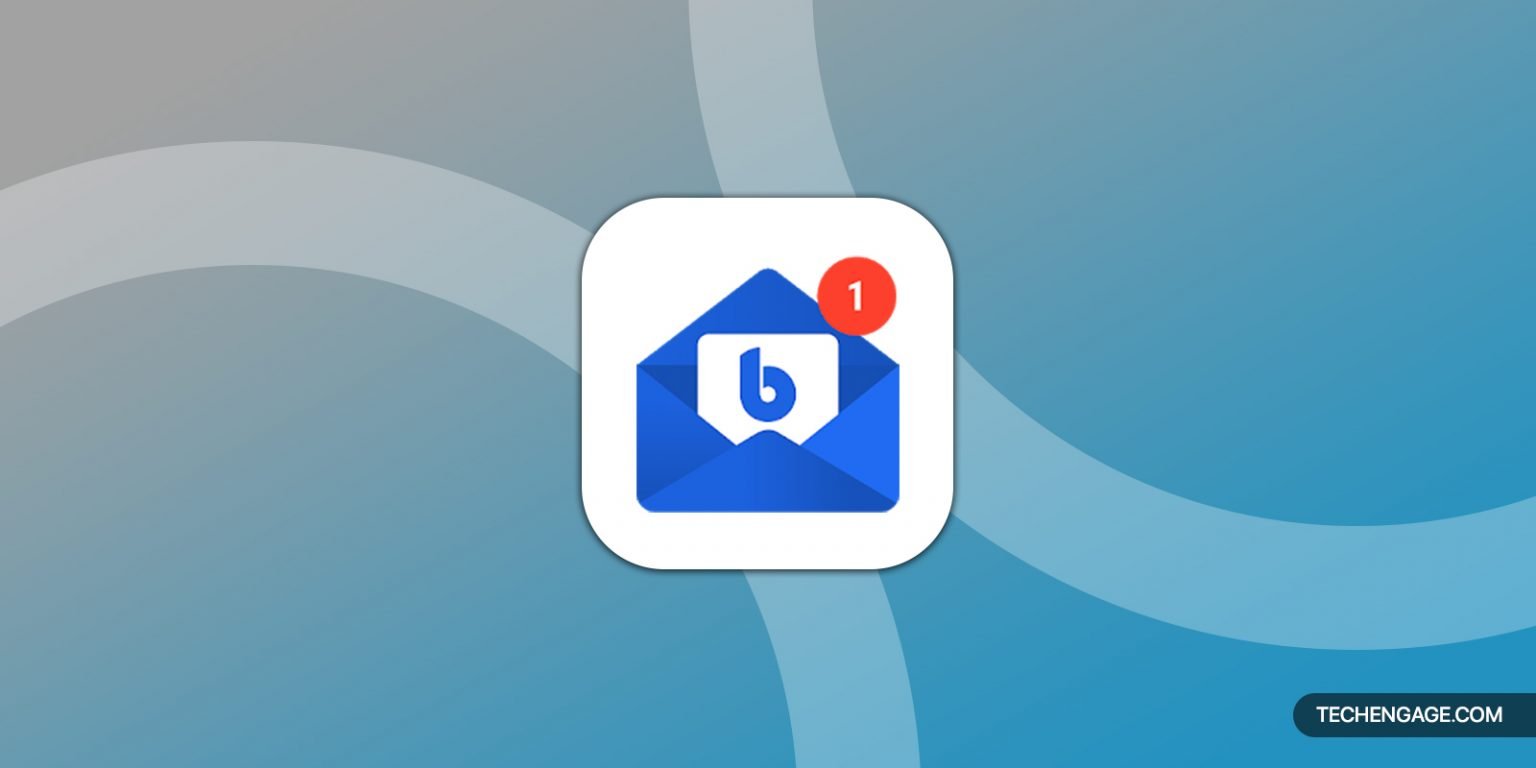

- #Polymail for android install
- #Polymail for android for windows 10
- #Polymail for android windows 10
- #Polymail for android android
In addition to telephone customer service, this also includes an unlimited number of accounts. Therefore, if you opt for the paid offers, you will receive additional services. Of course, the free one will have some limitations on features as compared to the pro one. It is available in both free (for individuals) and paid versions. eM Client is very customizable and offers many color schemes and styles. It is so designed that it can meet the demands of both professionals and beginners.
#Polymail for android windows 10
Windows 10/8/7, macOS, web app, and AndroidĮM Client is one of the best Windows 10 mail programs you can look forward to accessing your mails.

#Polymail for android for windows 10
Verdict:ĭespite an extensive beta program, Polymail is still plagued by basic functionality issues that – if not resolved soon – threaten to undermine what is otherwise a well presented and feature-packed Mac email client.FAQ List of Best Email Client software for Windows 10 Email Client Apps It’s not all good news – aside from the limited email provider support, we encountered issues adding Outlook and iCloud accounts (both disabled at time of writing, due to sync issues), while the lack of text-formatting options on the Mac makes it hard to read on newer Retina displays. All of this functionality can be bolted on to other clients (including web apps), but to have it all to hand, out of the box, is welcome. It doesn’t end there: you can unsend emails immediately after sending them, plus opt out of newsletters via a prominently placed Unsubscribe button. Polymail also has a tracked messages feature to allow you to see when someone has opened it, plus you can attach a reminder to follow up a sent email after a specified time too. You can also queue up messages to send later too. Other useful tools include a repeat of Mailbox’s Read Later option, allowing you to 'snooze' certain emails, to be reminded at a later date. iOS users can see this info by tapping on the contact’s name within the message body. This reveals useful info about that person, from their social handles (if known) to a record of previous conversations with you as well as any file attachments shared. Select a message and you’ll see a Contacts pane appear on the right-hand screen of the Mac. It’s better integrated with its supported mail clients, for starters – if you’re a Google Mail user, for example, then you can enable ‘Gmail Categories’ to browse your messages by whatever labels you’ve assigned to them. In terms of presentation, Polymail reminds us of the late, lamented Mailbox, albeit with some handy extras. It won’t take long for this to disappear as your account is synced. Once set up, you’re whisked to your inbox where – for a brief moment – you see the 'Inbox Zero' screen, the nirvana of all email users. Support is promised for Yahoo, Exchange and – crucially – IMAP, however. At time of writing, Polymail only supports a limited number of cloud-based accounts: Google, Microsoft (both and Office 365), and iCloud.

Once signed up, you add your mail accounts, which is where Polymail currently falls down.

It does demand quite extensive access to your system, including contacts and calendar, but you do at least see the benefits of doing so through the app’s capabilities.
#Polymail for android install
Polymail provides a cross-platform experience through MacOS, iPhone and iPad through the use of an associated Polymail account, which you’ll need to sign into (or set up) when you install it on each device to ensure a seamless experience across both.
#Polymail for android android
Finding a single, seamless platform for this can be tricky, but Apple aficionados may have found the answer with Polymail (there’s a vague promise about Windows and Android versions, too, but that’s a long way off). These days, our email experience usually straddles two or more devices, from your computer to a tablet or phone.


 0 kommentar(er)
0 kommentar(er)
